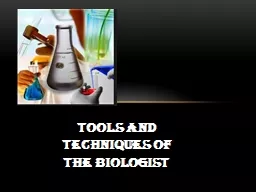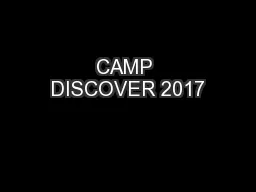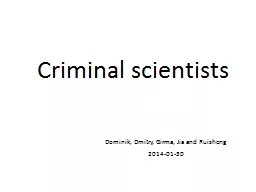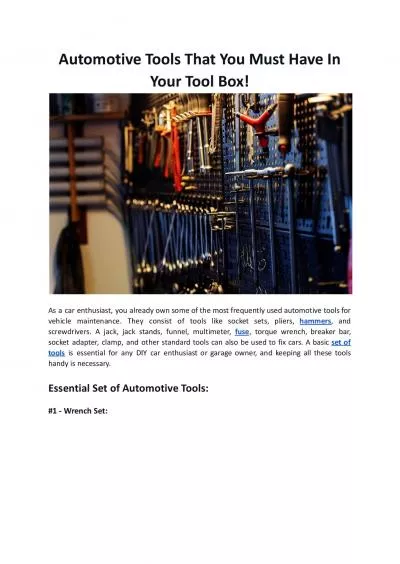PPT-Tools of the Biologist In order to observe, discover, and explore, scientists use many
Author : elena | Published Date : 2024-02-09
Measuring Length 1 Meter stick Ruler Each marked line represents 1 cm The smaller lines between cm are mm There are 10 mm in 1 cm There are 100 cm in 1 m B Measuring
Presentation Embed Code
Download Presentation
Download Presentation The PPT/PDF document "Tools of the Biologist In order to obser..." is the property of its rightful owner. Permission is granted to download and print the materials on this website for personal, non-commercial use only, and to display it on your personal computer provided you do not modify the materials and that you retain all copyright notices contained in the materials. By downloading content from our website, you accept the terms of this agreement.
Tools of the Biologist In order to observe, discover, and explore, scientists use many: Transcript
Download Rules Of Document
"Tools of the Biologist In order to observe, discover, and explore, scientists use many"The content belongs to its owner. You may download and print it for personal use, without modification, and keep all copyright notices. By downloading, you agree to these terms.
Related Documents

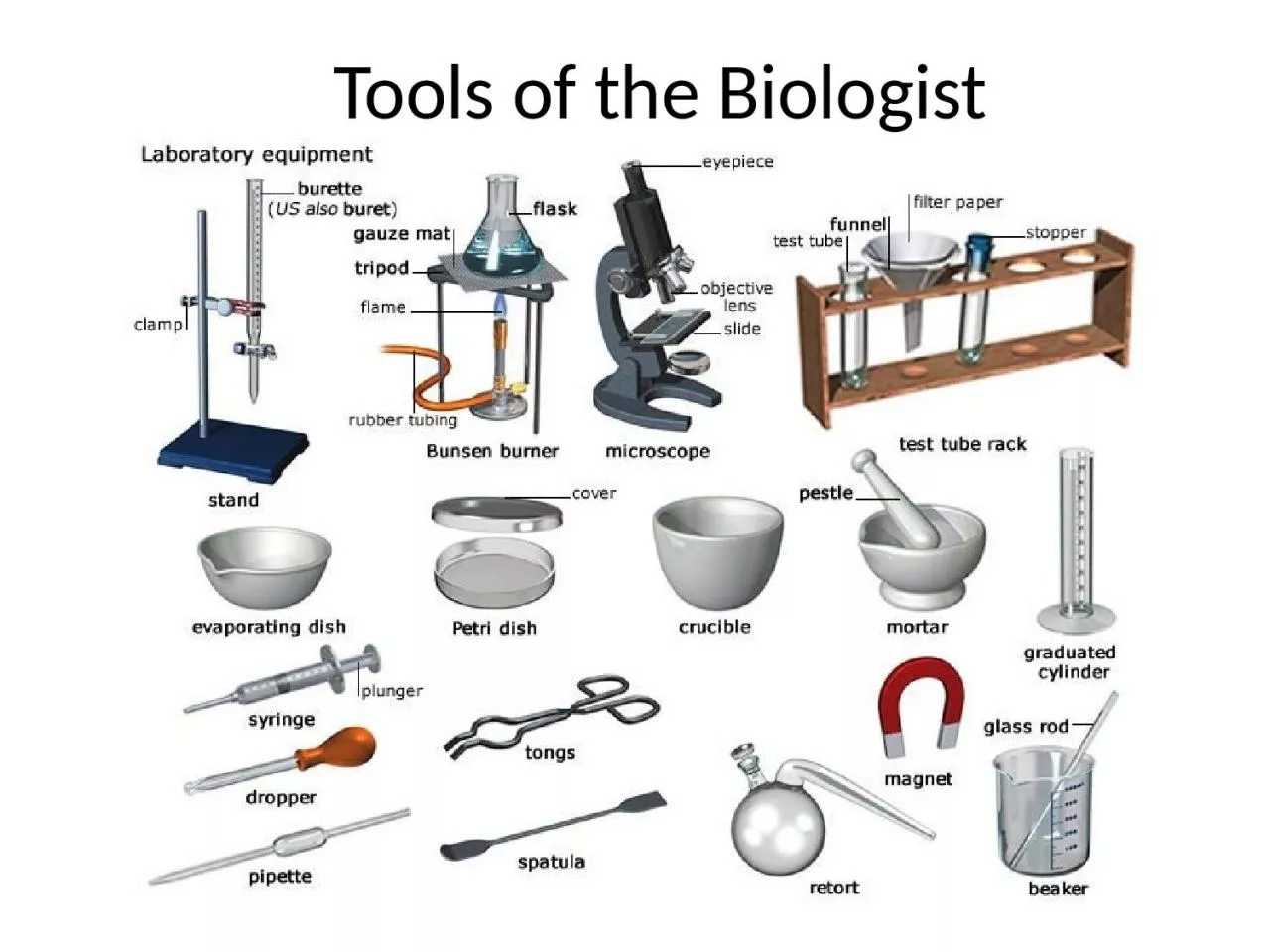

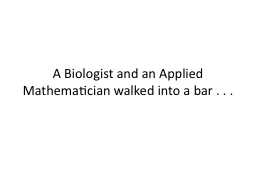
![[re ]discover](https://thumbs.docslides.com/224442/re-discover-557.jpg)


